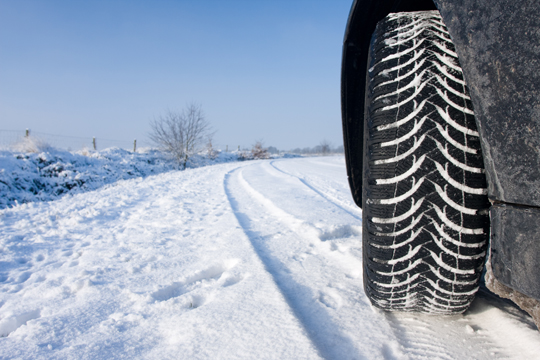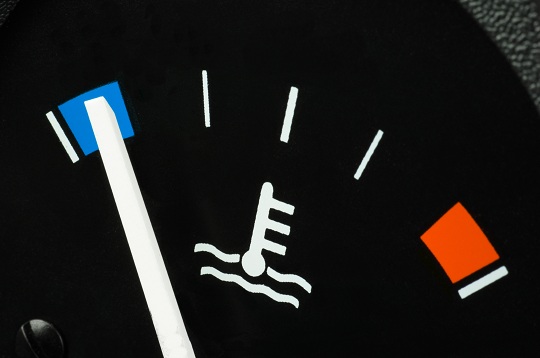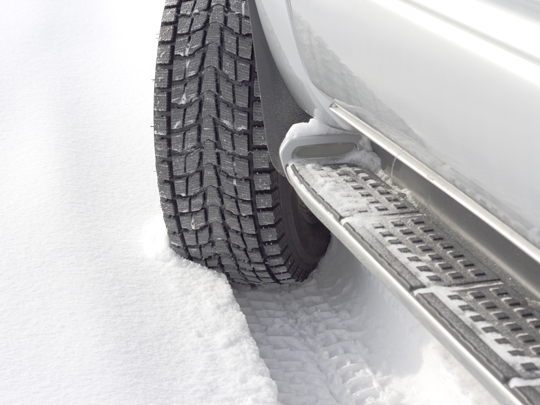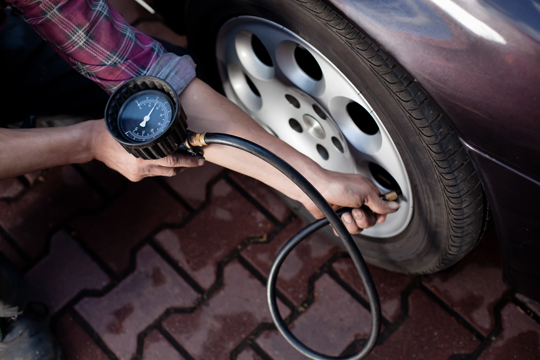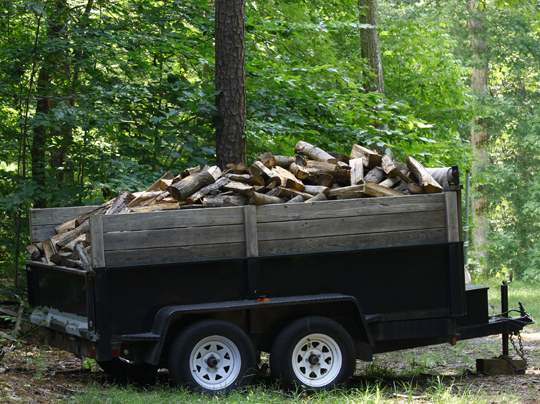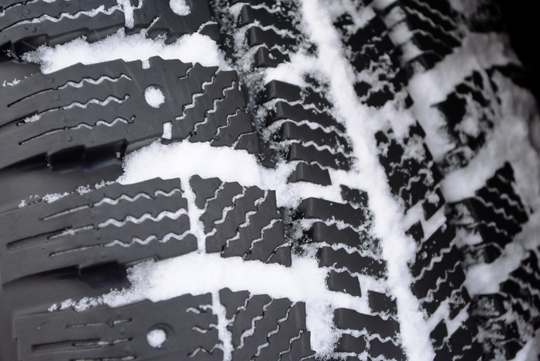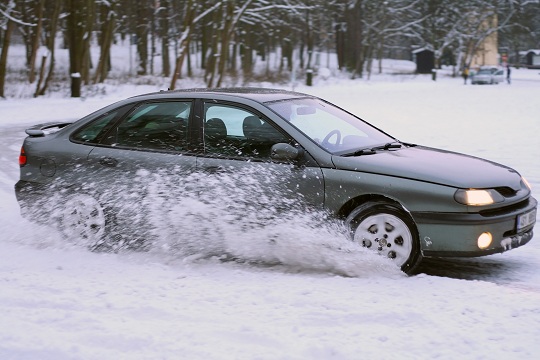Why Higher Snow Tire Pressure is Better
Car manufacturers typically recommend that car owners maintain 3-5 psi higher pressure for their winter tires than their all-season tires. The reason for this is that winter tires have more aggressive tread designs than normal tires. This means that these tread designs are less responsive to drivers on roads than regular tires. The higher inflation pressure means more stability while driving, making it safer on the road.
Snow tires are necessary for the winter months because they have more traction, and the higher pressures are also necessary. Snow tire pressure, thus, should also be maintained at a higher level.
Maintaining the Pressure
However, even if the manufacturer recommends a higher maintained pressure, a pressure that is too high will be unsafe and will reduce traction. Here, we will show you how to reduce the pressure if it gets too high. The pressure itself will drop by 1 psi for every 50ᵒF drop in temperature.
1. Unscrew the valve cap. Let the air out by pushing the little rod in the valve cap of the tire. Do this little by little so that you don’t let too much air out.
2. Use the tire gauge to check the amount of air you let out using the tire gauge. Check the psi carefully so you can be sure that you are not deflating your tire. This very, very important.
3. Check the recommended PSI reading. Let the air out until you reach your manufacturer’s recommended psi reading. Repeat this process for each of your tires. Each tire should have the exact same reading or else you will have uneven tires and uneven driving.
4. Check your tires at least once a month.Your tires will deflate themselves, so make sure to inflate them periodically. Under-inflated tires will increase your chances of an accident and will cause your car to overheat.
Need Expert Advice?
Contact TalkLocal today to be connected with the right professionals near you!

